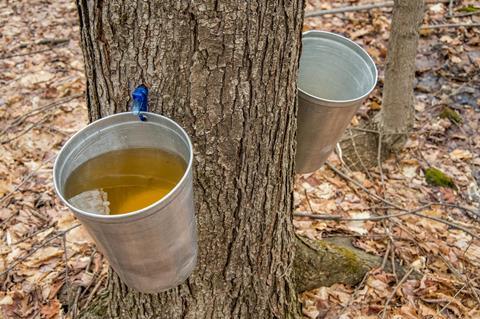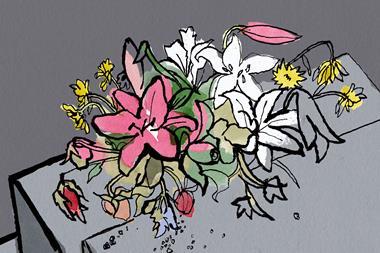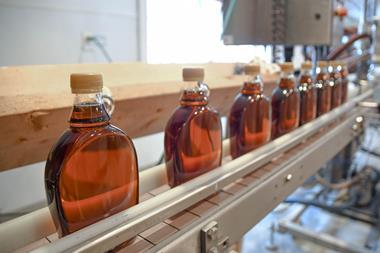Antibiotic resistance poses a significant problem. Through her work at McGill university exploring the anti-bacterial properties of natural products, Nathalie Tufenkji discovered that a mixture of phenols extracted from maple syrup increased the effectiveness of antibiotics, achieving the same bacteria-killing results with a 90% lower dose. The phenolic mix both increased bacterial uptake of antimicrobial drugs and prevented them from pumping the compounds back out across their membranes.
These effects also hold true in vivo, as infected fruit flies and waxwing moth larvae lived for days longer when given both antibiotics and syrup extract, compared to just antibiotics.

The phenolic extract included gallic acid, catechol, catechaldehyde, and syringaldehyde; compounds known to be bioactive. But when Tufenkje and her team attempted to create a synthetic syrup extract, they found it to be less potent than the real thing. ’This tells me that there is something in this mixture that we still have not identified, that we would need to include in our synthetic mixture to get the same potency’ she told Chemistry World, ’so there’s still a lot of work to do.’
Tufenkji presented her work at the American Chemical Society’s meeting in San Francisco.
News from the American Chemical Society meeting in San Francisco

News stories from the 253rd National Meeting & Exposition of the American Chemical Society
- 1
- 2
- 3
 Currently
reading
Currently
reading
A sweet way to combat antimicrobial resistance
- 5
































No comments yet